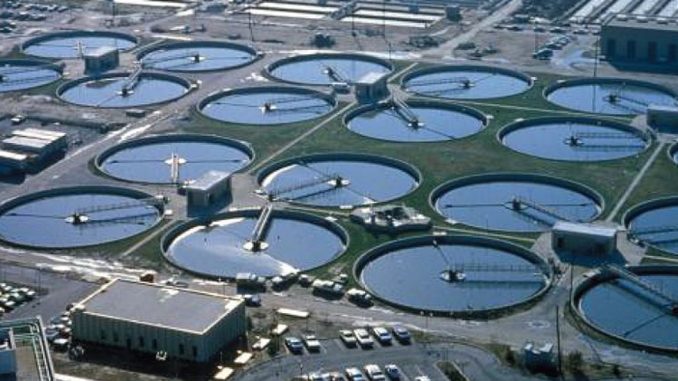
Before the 19th century, the only way in which wastewater could be cleaned was by mother nature. It is fair to say that once we learned how wastewater could be treated and started building facilities and processes to carry out the task, the world became a much better place.
Wastewater refers to any water which has been contaminated by human use, be it in a domestic, industrial, commercial or agricultural setting. It also refers to rainwater which passes through drains and into the sewer system.
It is these sewers that are responsible for transporting all types of wastewater to treatment plants. Once wastewater reaches these facilities, the real work begins.
Wastewater screening
The first phase in wastewater treatment involves the removal of large objects which clearly have no place in water. You would be surprised at some of the stuff which ends up being removed from wastewater before it is treated, leaving plenty of questions to be asked about how it got in there.
Nappies, face wipes, kitchen roll and other items from domestic properties are frequently flushed away despite constant warnings against doing do.
During the first coronavirus lockdown in the spring of 2020, toilet roll shortages led people to flush clothes and other foreign objects into the sewer system which caused a real problem for sewers and wastewater treatment works.
Then there are items such as false teeth, wallets, and mobile phones. If something gets flushed away by mistake, then the wastewater screening stage is where it will be picked up.
How wastewater is treated at the screening stage
Wastewater screening literally involves a series of large screens that allow water to pass through but not larger particles. Gravel and debris are also removed at this stage, including parts of trees and anything else that might have been picked up on the wastewater’s journey to the plant.
Screening removes between 40 percent and 50 percent of pollutants from wastewater. Anything collected at this stage is disposed of properly with the water which has been screened flowing through to the primary treatment stage.
Primary treatment
With larger objects removed from the wastewater, next it is the turn of smaller debris which were able to slip through the screening process. Primary treatment takes place in large tanks known as sedimentation tanks.
Wastewater is pumped into these tanks where the flow is slowed down, which eventually causes particles to sink to the bottom of the tank, with a little help from molecules including coagulants and flocculants which are introduced to the wastewater to aid the purifying process.
Among the pollutants which gather in the depths are rock sediments, bits of metal and bone, forming a layer of sludge. This sludge from the wastewater is then taken away and treated itself, after which farmers can use it as fertiliser – another example of how the entire treatment process helps the environment.
Sludge treatment
Let us digress from wastewater treatment for a second and look at what happens to sludge. A lot of it is produced during the process, all of which has to be treated before it can be returned to farmland.
Sludge treatment takes place in massive tanks known as digesters, where bacteria are used to break the sludge down.
One of the by-products of this process is methane gas, which wastewater treatment plants then capture and use in other processes on the site, including generating electricity to heat the drying sludge and turn it into fertiliser granules.
Biological treatment
Back to the treatment of the actual wastewater and once the primary treatment has been completed, the biological processes take over. There are three ways in which wastewater can be purified by nature, processes which involve using bacteria to break the waste down.
Aeration involves holding the water in large tanks and pumping in oxygen for up to 30 hours at a time. The oxygen helps bacteria to grow and thrive and when these microorganisms combine with waste and air, the by-product known as activated sludge can be reused in the same way as normal sludge.
Oxidation ponds take the process of how wastewater is treated in the natural world and replicate it on-site. Wastewater is passed through a large body of uncontaminated water similar to a lake or a lagoon for a period of up to three weeks, in which time nature removes the pollutants to purify the water.
Finally, there is biofiltration. Wastewater is passed over beds of special stones which are home to waste eating bacteria. These stones act as filters to remove any remaining sediments from the water.
Final settlement
There is one final treatment stage for the almost-clean wastewater to go through before it is returned. A humus tank is used to ensure that the water has had at least 95 percent of the pollutants in it removed.
Some wastewater treatment works will use a chemical process known as tertiary treatment in addition to the final settlement. This involves adding wastewater treatment chemicals like chlorine and sodium hypochlorite to remove harmful pathogens from the water that can cause diseases including cholera, polio, and typhoid.
The purpose of tertiary treatment is to polish the final product rather than to act as a substitute for poor quality screening, primary treatment, or biological treatment.
Wastewater once the treatment process is completed
Once the wastewater treatment is completed, then all that is left is water. This is then returned to rivers and the sea, where it will begin another journey through the same process of human capture, use and cleansing.

Leave a Reply